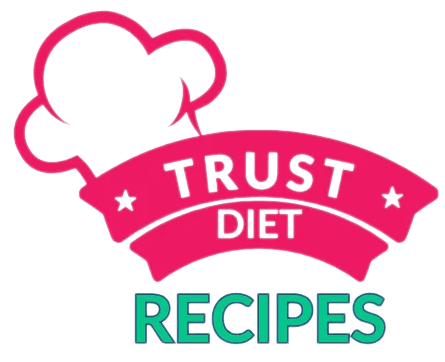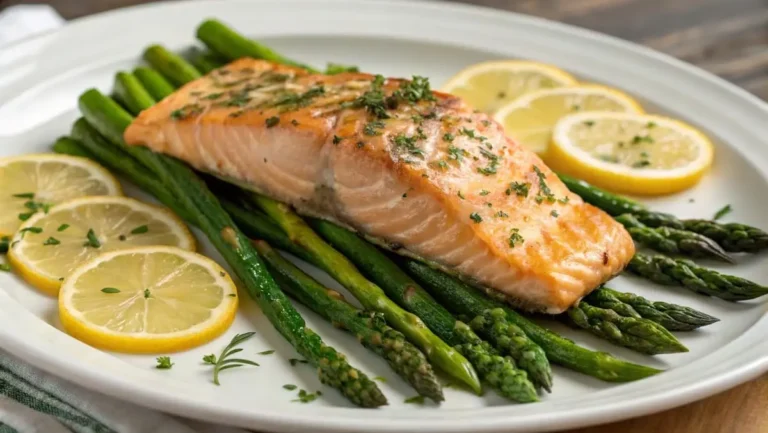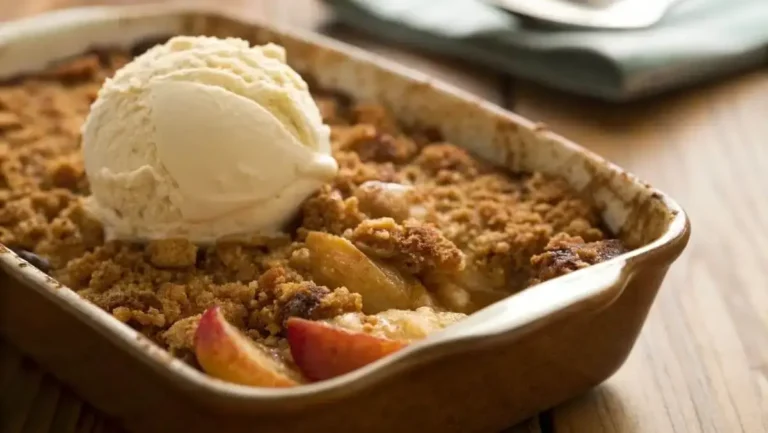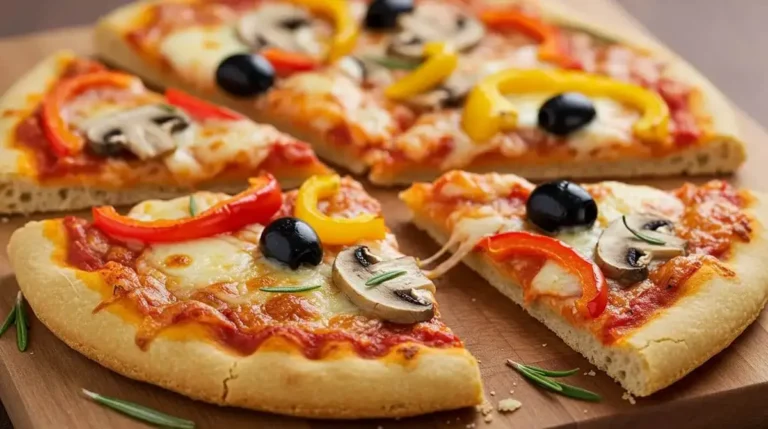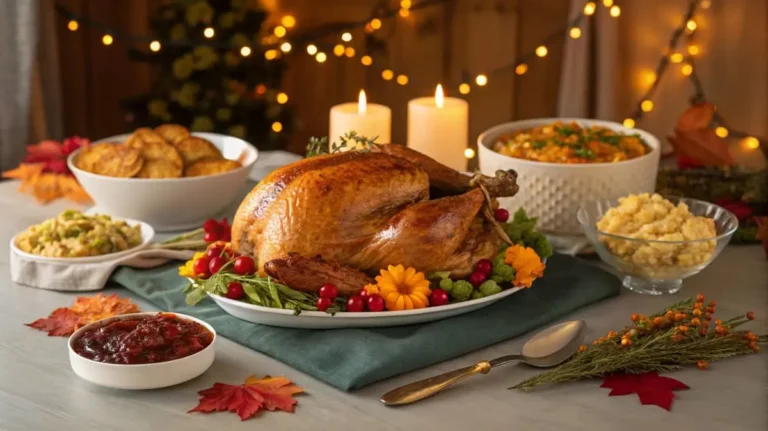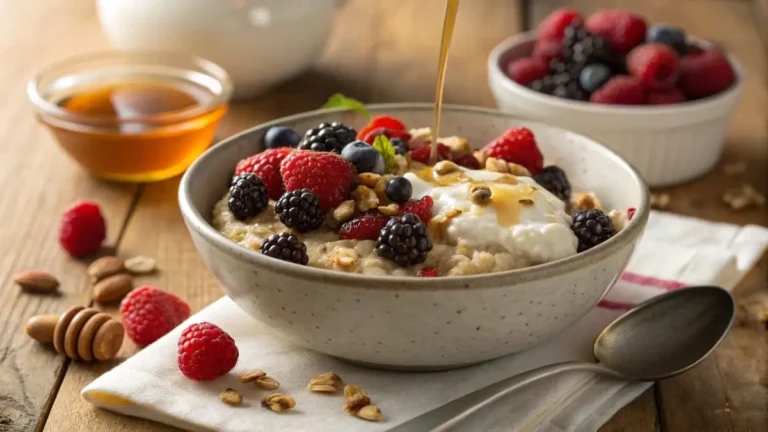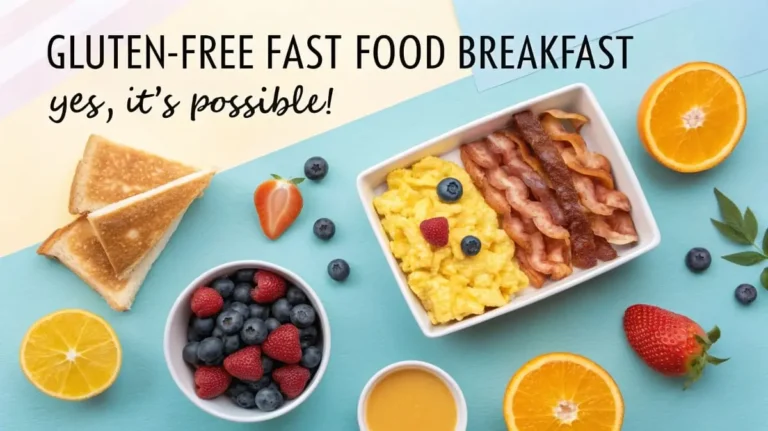Gluten Free Grocery Shopping List: Your Essential Guide
Managing gluten intolerance or celiac disease means watching what you eat closely. A key step is making a grocery shopping list without gluten.
A good Gluten Free Grocery Shopping List can change your daily life. It makes planning meals and grocery shopping simpler.
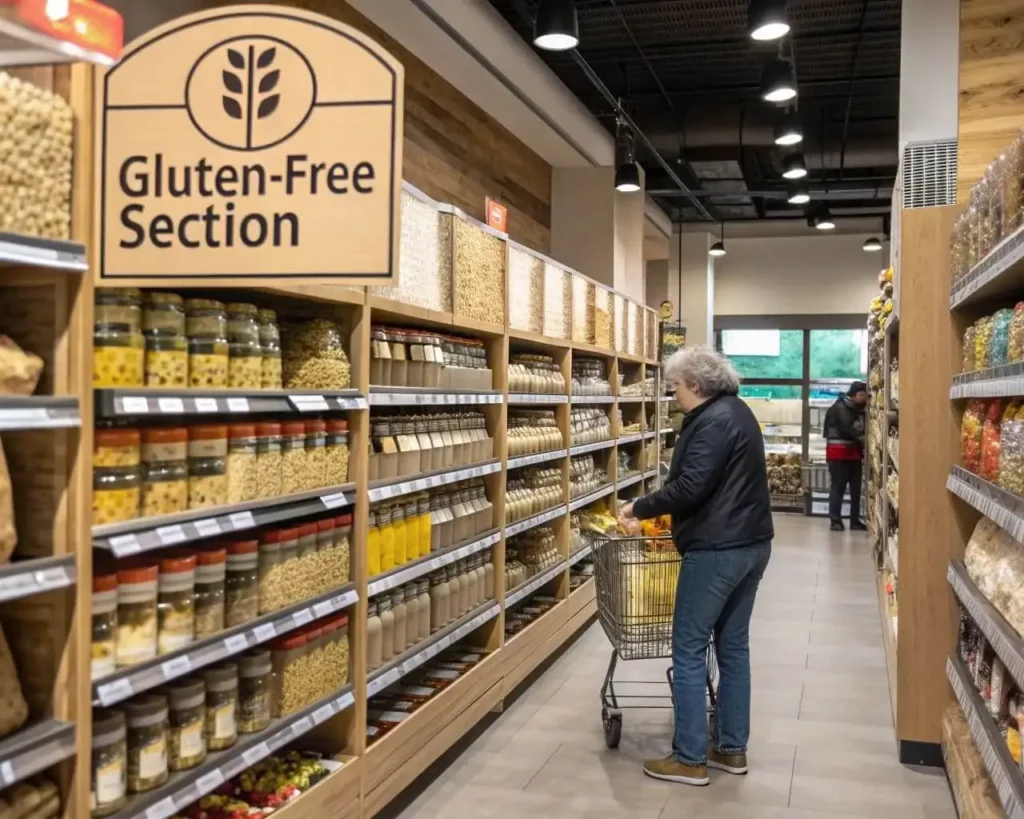
This guide helps you deal with a gluten-free diet. It gives you the key info to make smart choices.
Table of Contents
Key Takeaways
- Understand the importance of a gluten-free diet for those with intolerance or celiac disease.
- Learn how to create a comprehensive gluten-free grocery shopping list.
- Discover tips for easy meal planning on a gluten-free diet.
- Explore the benefits of having a reliable gluten-free shopping guide.
- Find out how to make gluten-free grocery shopping a breeze.
Understanding Gluten and Why a Gluten-Free Diet Matters
It’s important to know about gluten and its health effects for those thinking about a gluten-free diet. Gluten is a protein in grains like wheat, barley, and rye. It makes dough stretchy, which is great for baking. But for some, gluten can cause health problems.
Gluten is in foods like bread and pasta, but it’s also in many processed foods. This makes it hard for people with gluten issues to stay away from it.
Health Conditions Requiring a Gluten-Free Diet
Some health issues mean you must follow a gluten-free diet closely. Celiac disease is a chronic condition that harms the small intestine when gluten is eaten, making it hard to absorb nutrients. Gluten intolerance, or non-celiac gluten sensitivity, causes similar symptoms but doesn’t damage the intestine as much.
Knowing about these conditions helps manage symptoms and improve life quality.
| Condition | Description | Dietary Requirement |
|---|---|---|
| Celiac Disease | Autoimmune disorder causing the gluten-free small intestine | Strict Gluten-Free Diet |
| Gluten Intolerance | Symptoms similar to celiac disease without intestinal damage | Gluten-Free Diet |
| Wheat Allergy | Immune reaction to wheat proteins | Avoidance of Wheat |
Creating Your Complete Gluten-Free Grocery Shopping List
A well-planned gluten free grocery shopping list is key for a gluten-free diet. It keeps you away from gluten and ensures you have healthy, safe food choices.
Essential Tools for Gluten-Free Shopping Success
To begin, you’ll need some important tools for gluten-free shopping. These include:
- A notebook or a note-taking app on your phone to jot down items you need to purchase.
- A list of staple gluten-free foods that you regularly consume.
- A smartphone app that can help you identify gluten-free products and their ingredients.
These tools help make shopping easier and less likely of buying gluten by mistake.
Organizing Your List by Store Sections
Organizing your list by store sections can save time. Stores have sections like produce, meats, dairy, and canned goods. Categorizing your list this way helps you move through the store faster.
Digital Apps and Resources for Gluten-Free Shopping
Many digital apps and resources can help with gluten-free shopping. Some popular ones include:
| App/Resource | Description |
|---|---|
| Gluten-Free Scanner | An app that scans barcodes to identify gluten-free products. |
| Gluten-Free Product Lists | Websites that provide comprehensive lists of gluten-free products. |
| Gluten-Free Blogs and Forums | Online communities where individuals share their experiences and recommendations for gluten-free living. |
Using these resources can make gluten-free shopping easier. It helps you stay on track with your diet.
Naturally Gluten-Free Foods to Prioritize
A good gluten-free diet focuses on foods that don’t have gluten. Eating whole, unprocessed foods helps you get the nutrients you need. It also lowers the chance of gluten exposure.
Fresh Produce: Fruits and Vegetables
Fruits and vegetables are naturally gluten-free and full of vitamins and minerals. Try to eat a variety of colors to get all the nutrients. You can choose from leafy greens, berries, and citrus fruits. Make sure to wash your produce thoroughly to remove any potential contaminants.
Proteins: Meat, Fish, Eggs, and Legumes
Proteins are key for a balanced diet, and many are gluten-free. Choose fresh meats, fish, and eggs. Also, try legumes like beans, lentils, and peas for their fiber and protein. Opt for wild-caught fish and grass-fed meats for better nutrition.
Dairy and Dairy Alternatives
Dairy products like milk, cheese, and yogurt are naturally gluten-free. But always check for added flavorings or ingredients that might have gluten. If you can’t have dairy, try alternatives made from nuts, seeds, or coconut milk. Always read labels to make sure they’re gluten-free.
Nuts, Seeds, and Healthy Fats
Nuts, seeds, and their oils are gluten-free and full of healthy fats, protein, and fiber. Almonds, walnuts, chia seeds, and flaxseeds are great choices. Use their oils for cooking and dressings, but be careful of processing to avoid gluten contamination.
By focusing on these naturally gluten-free foods, you can make a diverse and nutritious gluten-free meal plan. This meets your dietary needs and preferences.
Gluten-Free Grains and Flours
Gluten-free grains and flours are key in a gluten-free diet. They offer many options for cooking and baking. It’s important to pick grains and flours that are nutritious, versatile, and safe from gluten.
Safe Whole Grains for Gluten-Free Diets
Whole grains are vital for a balanced gluten-free diet. They give us fiber, vitamins, and minerals. Safe whole grains include quinoa, brown rice, and gluten-free oats.
Quinoa is a complete protein packed with iron, magnesium, and fiber. Brown rice is full of manganese and selenium. Gluten-free oats are rich in fiber and great for oatmeal or baking.
Gluten-Free Flour Options and Blends
Gluten-free flours come from almonds, coconut, and rice. Each flour has its uses in baking. For example, almond flour is high in protein and used in baked goods. Coconut flour is high in fiber and absorbs more liquid than regular flours.
Many bakers mix different flours to get the right texture and taste. You can buy these blends or make your own, depending on your needs.
Cross-Contamination Concerns with Grains
Cross-contamination with gluten is a big worry for those on a gluten-free diet. Grains can get contaminated during processing, storage, or cooking. To avoid this, choose certified gluten-free grains and flours. Also, store them in a dedicated gluten-free area.
| Gluten-Free Grain/Flour | Nutritional Highlights | Common Uses |
|---|---|---|
| Quinoa | Complete protein, iron, and magnesium | Salads, main courses, side dishes |
| Brown Rice | Manganese, selenium | Side dishes, stir-fries, and sushi |
| Almond Flour | High protein, healthy fats | Baked goods, desserts |
| Coconut Flour | High fiber | Baked goods, thickening agent |
Essential Gluten-Free Pantry Staples
Building a gluten-free pantry needs careful thought. It’s key for easy meal prep and having what you need for gluten-free recipes.
Condiments, Sauces, and Dressings
Condiments, sauces, and dressings are crucial in many recipes. For a gluten-free pantry, include gluten-free soy sauce, ketchup, mustard, and mayonnaise. Always check labels to make sure they’re gluten-free, as brands can change.
- Gluten-free soy sauce or tamari
- Organic ketchup
- Dijon mustard
- Mayonnaise
- Gluten-free salad dressings
Baking Essentials and Mixes
Baking is a big part of gluten-free cooking. You’ll need gluten-free flours like almond, coconut, and rice flour. Also, have baking powder and baking soda that are gluten-free. Gluten-free baking mixes are also handy.
- Almond flour
- Coconut flour
- Rice flour
- Gluten-free baking powder
- Gluten-free baking mixes
Herbs, Spices, and Seasonings
Herbs, spices, and seasonings add flavor to gluten-free dishes. Keep basics like salt, pepper, garlic powder, and onion powder on hand. Fresh or dried herbs like basil, oregano, and thyme also enhance your cooking.
- Salt and pepper
- Garlic powder
- Onion powder
- Dried or fresh herbs (basil, oregano, thyme)
Canned and Jarred Goods
Canned and jarred goods are great for quick meals. Choose canned beans, tomatoes, and coconut milk, and jarred marinara sauce and pickles. Make sure they’re gluten-free.
- Canned black beans, chickpeas, and diced tomatoes
- Coconut milk
- Jarred marinara sauce
- Gluten-free pickles
With these gluten-free staples, you’re ready to make many delicious and safe meals.
Navigating Processed and Packaged Foods
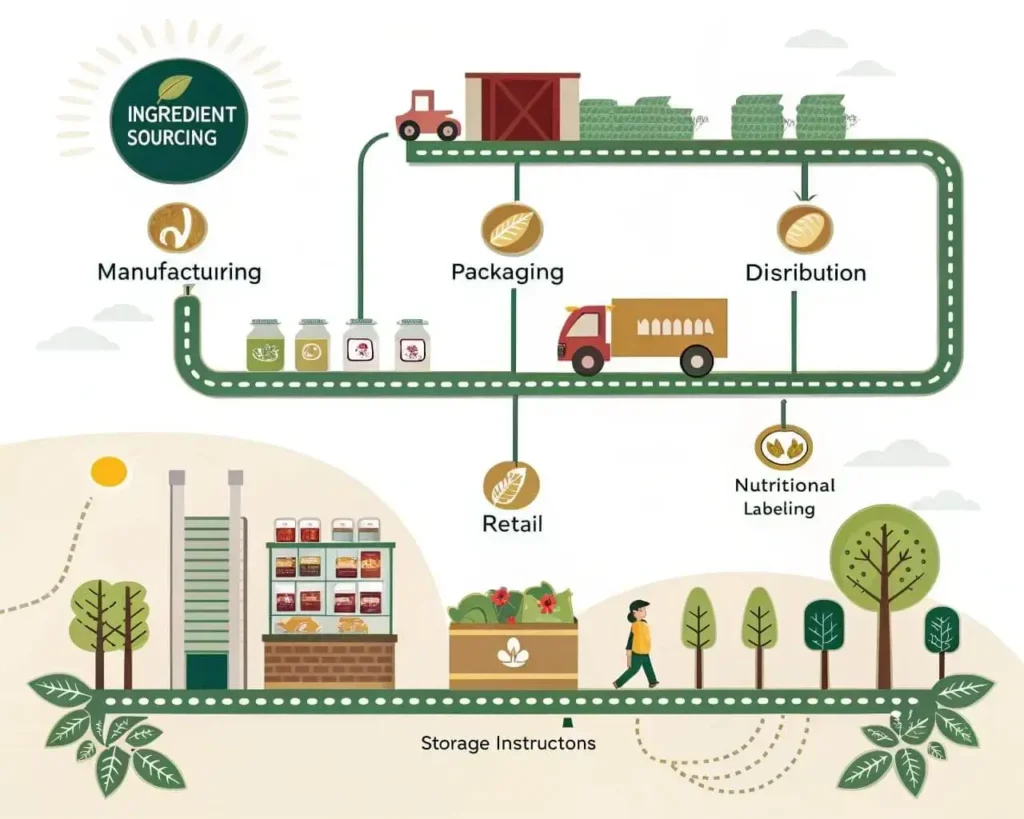
Processed and packaged foods often hide gluten. This makes reading labels very important for those on a gluten-free diet. It’s key to know how to spot gluten in these foods.
Reading Labels: Hidden Sources of Gluten
When you’re shopping for gluten-free items, it’s vital to read labels carefully. Many foods have hidden gluten, like:
- Malt flavoring and malt vinegar
- Wheat-based ingredients like wheat starch and wheat flour
- Barley and rye
- Some types of soy sauce and modified food starch
Always check the ingredient list for these gluten sources. Manufacturers must list ingredients, helping you make better choices.
Certified Gluten-Free Products Worth Buying
Look for certified gluten-free labels to make shopping easier. These products have been tested to meet strict gluten-free standards. Choosing certified products offers several benefits, including:
- Less risk of gluten exposure
- Shopping is simpler, as certification is clear on the packaging
- They meet gluten-free dietary needs
Certification bodies like the Gluten-Free Certification Organization (GFCO) and the Celiac Support Association (CSA) ensure products are thoroughly tested.
Common Gluten-Free Brands in American Stores
Several brands make following a gluten-free diet easier by offering many gluten-free options. Some well-known brands in American stores include:
- Udi’s: Known for their gluten-free bread and baked goods
- Bob’s Red Mill: Offers a variety of gluten-free grains and baking supplies
- Glutino: Provides a range of gluten-free snack foods
- Annie’s Homegrown: Offers gluten-free versions of popular condiments and snacks
These brands are widely available and offer reliable gluten-free options. This makes it easier to stick to a gluten-free lifestyle.
Gluten-Free Snacks and Convenience Foods
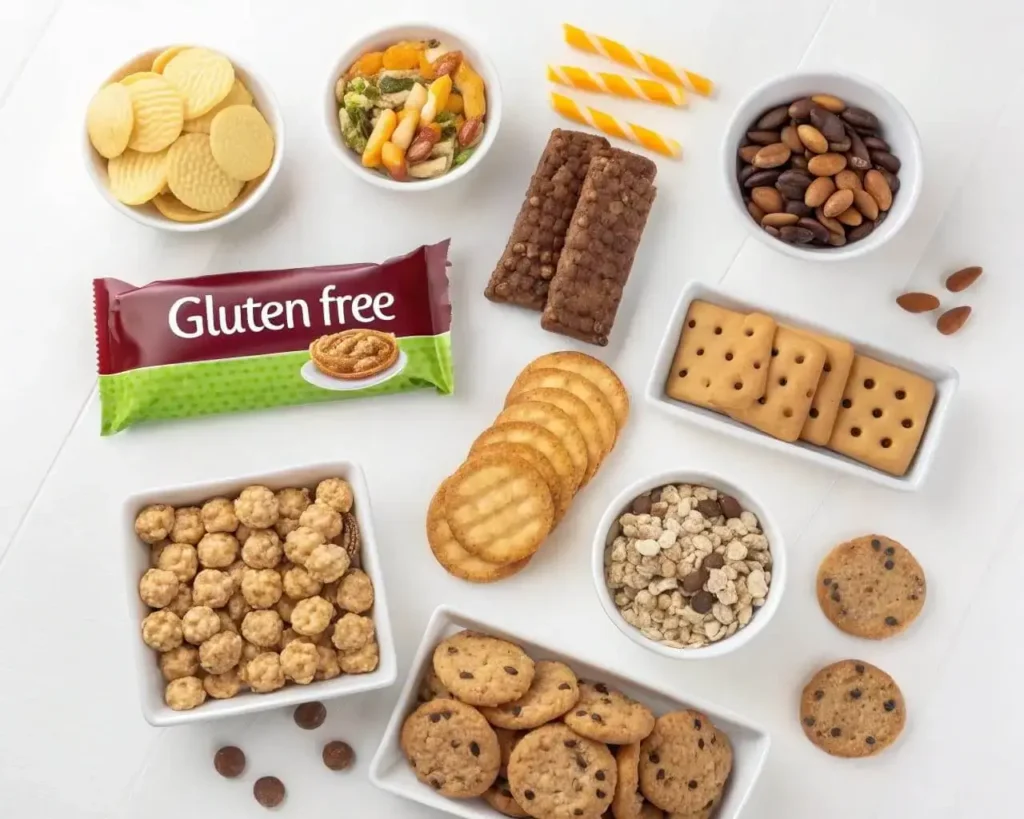
Gluten-free snacks and convenience foods have evolved a lot. They now offer many healthy and tasty options for those who follow a gluten-free diet. Whether you need a quick snack or a meal on the go, there are plenty of choices that fit your dietary needs.
Healthy Gluten-Free Snack Options
Healthy snacking means choosing whole foods like fruits, nuts, and veggies. Gluten-free energy bars, trail mix, and popcorn are also good choices. Look for products with wholesome ingredients and minimal processing. Brands like RXBAR, Kind Snacks, and Late July offer great options.
Quick Gluten-Free Meal Solutions
For fast meals, try pre-cooked meats, hard-boiled eggs, and gluten-free wraps or sandwiches. Many brands offer gluten-free meal prep, like frozen meals and microwaveable bowls. Amy’s Kitchen and Evol are popular choices.
| Product | Brand | Key Features |
|---|---|---|
| Gluten-Free Energy Bars | RXBAR | Made with whole ingredients, no added sugars |
| Gluten-Free Frozen Meals | Amy’s Kitchen | Organic, non-GMO, variety of meal options |
| Gluten-Free Wraps | Late July | Made with organic ingredients, gluten-free certification |
Gluten-Free Treats and Desserts
Enjoy gluten-free treats like baked goods, chocolates, and ice cream. Many brands offer gluten-free desserts, such as Udi’s and Enjoy Life Foods. You can also make your gluten-free desserts with flours like almond and coconut.
Where to Shop for Gluten-Free Products
Finding the right place to shop for gluten-free products is key. Many retailers now offer gluten-free options. This makes it easier to follow a gluten-free diet.
Mainstream Grocery Stores and Their Gluten-Free Sections
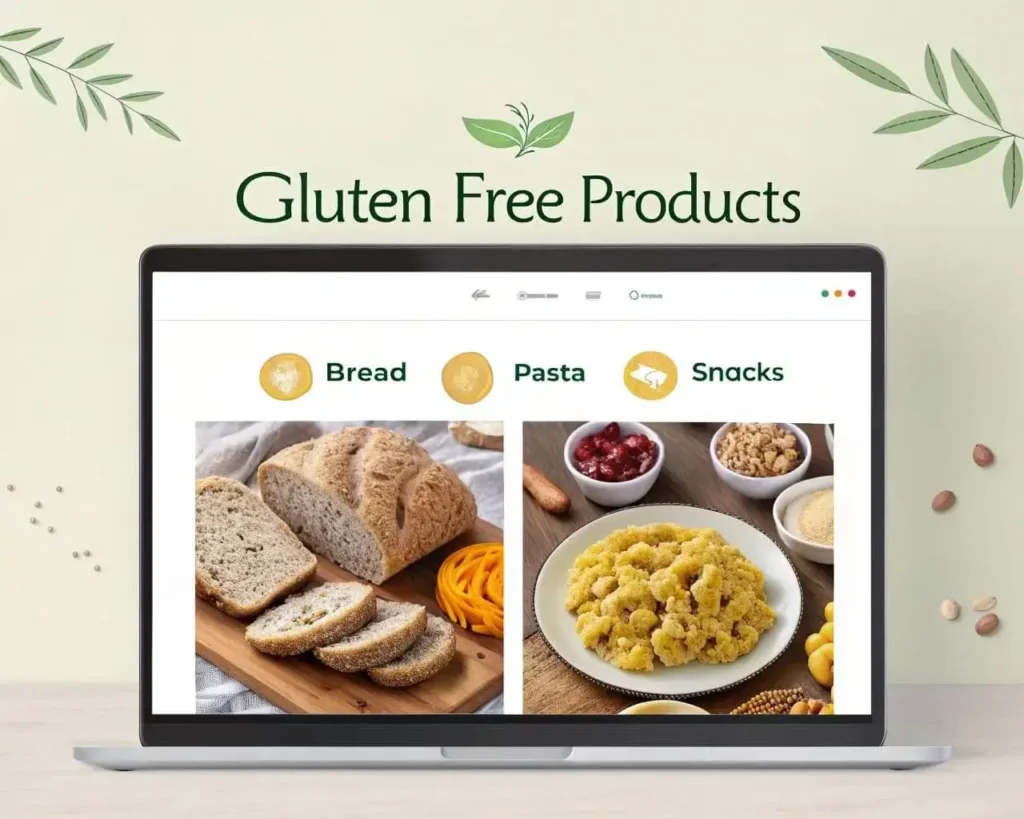
Mainstream grocery stores now have gluten-free sections. This makes shopping easier. Stores like Walmart and Target have a wide range of gluten-free products.
Here is a comparison of gluten-free product offerings in some major grocery store chains:
| Store | Gluten-Free Products | Certified Gluten-Free Options |
|---|---|---|
| Walmart | Over 1,000 products | Yes |
| Target | More than 800 products | Yes |
| Kroger | Around 900 products | Yes |
Specialty Health Food Stores
Specialty health food stores are great for gluten-free shopping. Stores like Whole Foods and Sprouts Farmers Market have a wide selection. Their staff can help you find what you need.
- Wide selection of gluten-free products
- Knowledgeable staff
- Often carry specialty and hard-to-find items
Online Retailers and Subscription Services
Online retailers have changed gluten-free shopping. Websites like Amazon and Thrive Market offer a huge selection. They also have customer reviews and detailed descriptions.
When shopping online, look for certifications like the Gluten-Free Certification Organization (GFCO) or the Celiac Support Association (CSA). This ensures the products are safe for your diet.
Conclusion: Making Gluten-Free Shopping a Seamless Part of Your Routine
You now know how to shop for gluten-free items easily. You’ve learned about gluten, health conditions that need a gluten-free diet, and how to make a shopping list. You’re all set.
Planning your meals is crucial for a gluten-free diet. Focus on foods that don’t have gluten, try different grains and flours, and keep your pantry stocked. Also, look for gluten-free products in stores and online.
As you keep going on your gluten-free path, remember that getting better takes time. Start adding gluten-free shopping to your routine. Soon, it will feel natural. With the right tools, you’ll enjoy a gluten-free life, finding new products and recipes.
FAQ
What is the best way to start a gluten-free diet?
To start a gluten-free diet, first learn what gluten is and where it’s found. Then, make a list of gluten-free foods and grains. Don’t forget to stock up on pantry staples. For more help, talk to a healthcare professional or a registered dietitian.
How do I identify gluten-free products when shopping?
When shopping for gluten-free products, always read labels. Look for certifications like the Gluten-Free Certification Organization (GFCO) or the Celiac Support Association (CSA). These ensure the product is gluten-free. Also, check the ingredient list for gluten-containing grains like wheat, barley, and rye.
What are some reliable gluten-free brands in American stores?
Some trusted gluten-free brands in American stores include Udi’s, Glutino, Bob’s Red Mill, and Pamela’s Products. They offer a variety of gluten-free products, from bread to snacks. You can also find gluten-free versions of popular items from General Mills and Kellogg’s.
Can I shop for gluten-free products online?
Yes, you can buy gluten-free products online from Amazon, Thrive Market, and Vitacost. These sites have a wide range of gluten-free products, including specialty items. Look for online subscription services like Gluten-Free Living and GF Meal Plan for gluten-free diets.
How do I avoid cross-contamination with gluten when shopping and cooking?
To avoid gluten cross-contamination, shop in dedicated gluten-free sections or stores. Use separate utensils, cutting boards, and cooking surfaces for gluten-free meals. Store gluten-free grains and flours in airtight containers to prevent contamination.
Are there any digital apps or resources that can help with gluten-free shopping?
Yes, there are digital apps and resources for gluten-free shopping. The Gluten-Free Scanner app, the Celiac Support Association’s app, and online resources like Gluten-Free Living and the Gluten-Free Diet Guide are helpful. They help identify gluten-free products and find recipes.
How can I meal plan and prep on a gluten-free diet?
To meal plan and prep on a gluten-free diet, start with naturally gluten-free foods like fruits, vegetables, proteins, and whole grains. Find gluten-free recipes online or in cookbooks. Prep ingredients in advance to make cooking easier. Meal prepping on weekends or one day a week can save time during the week.
